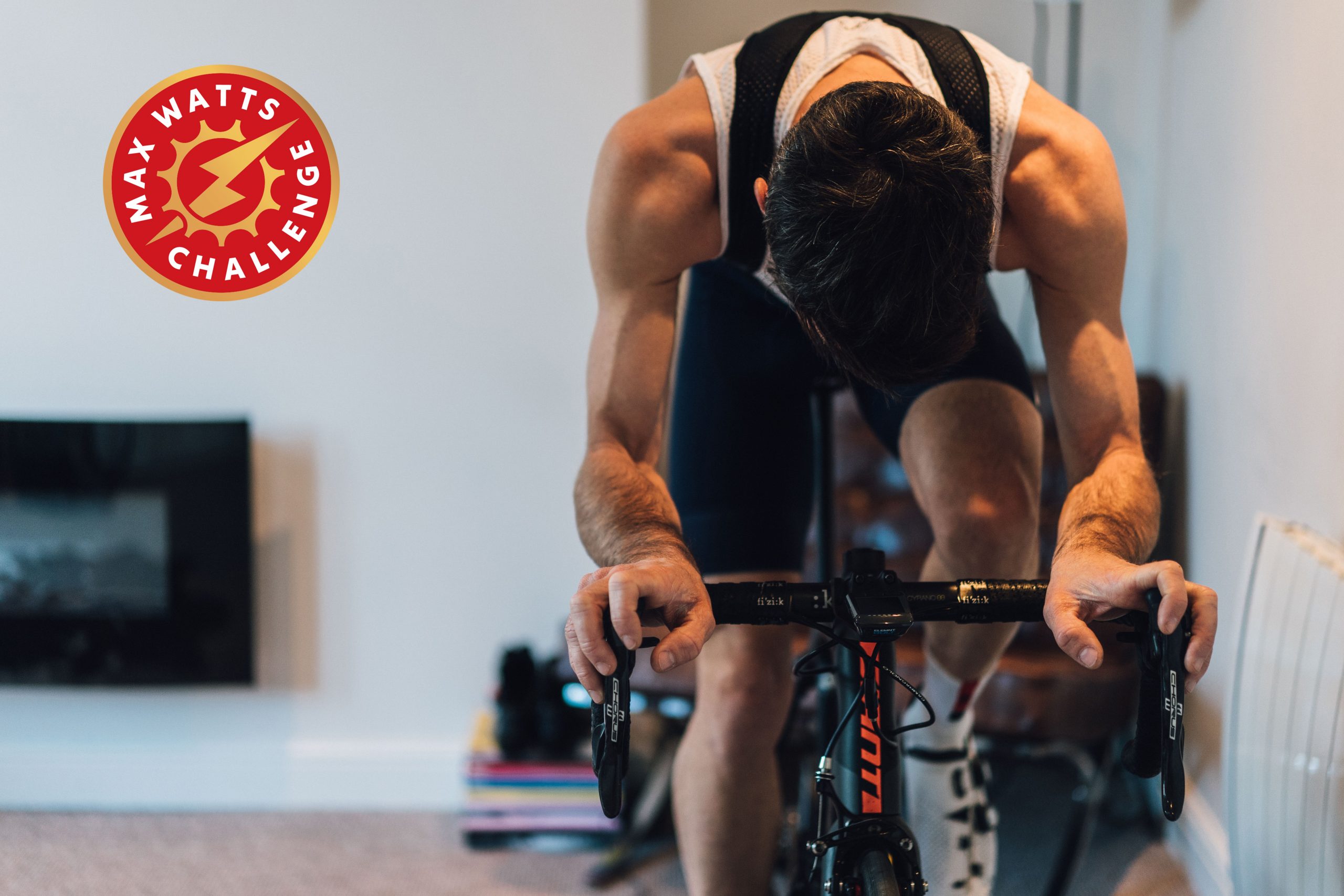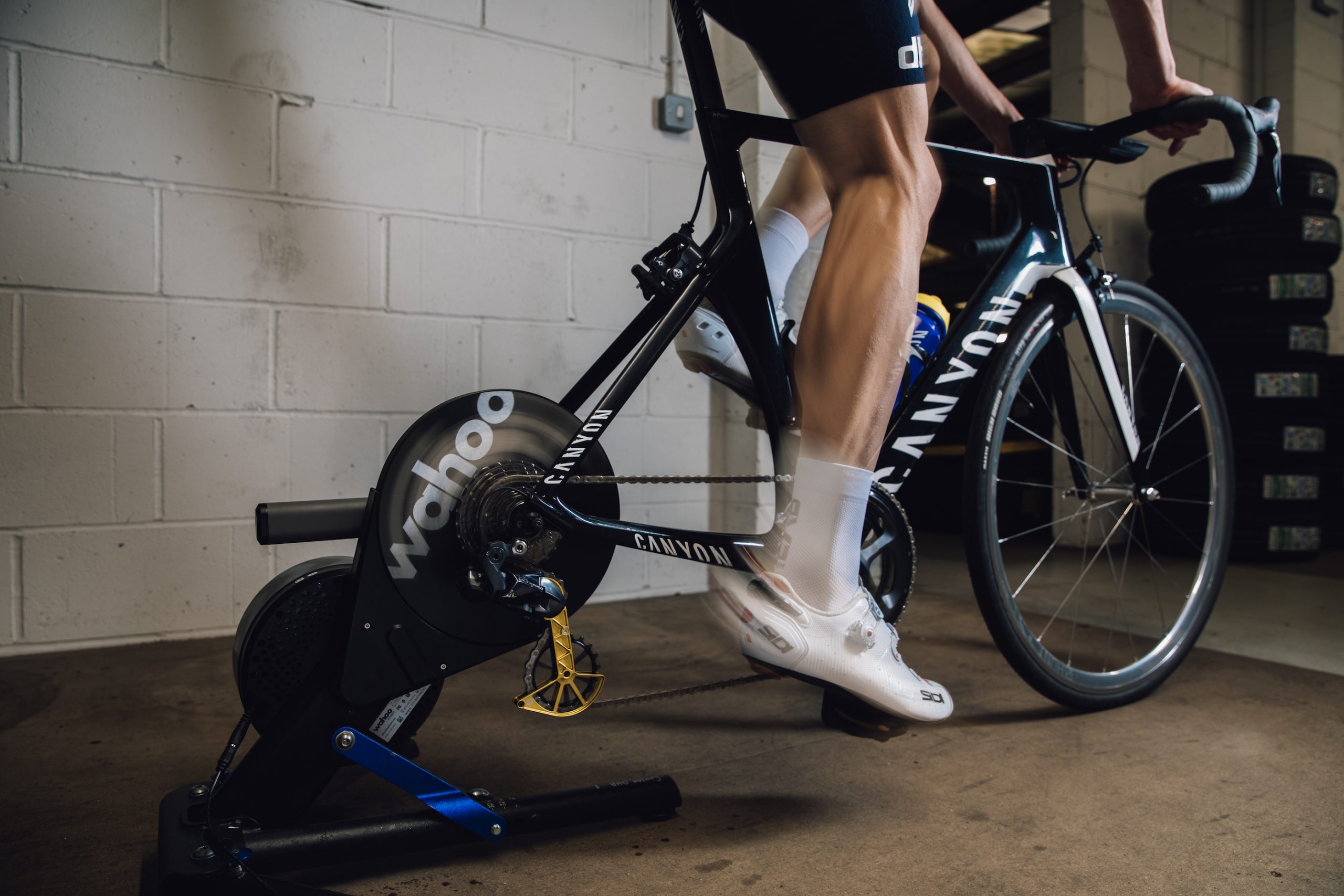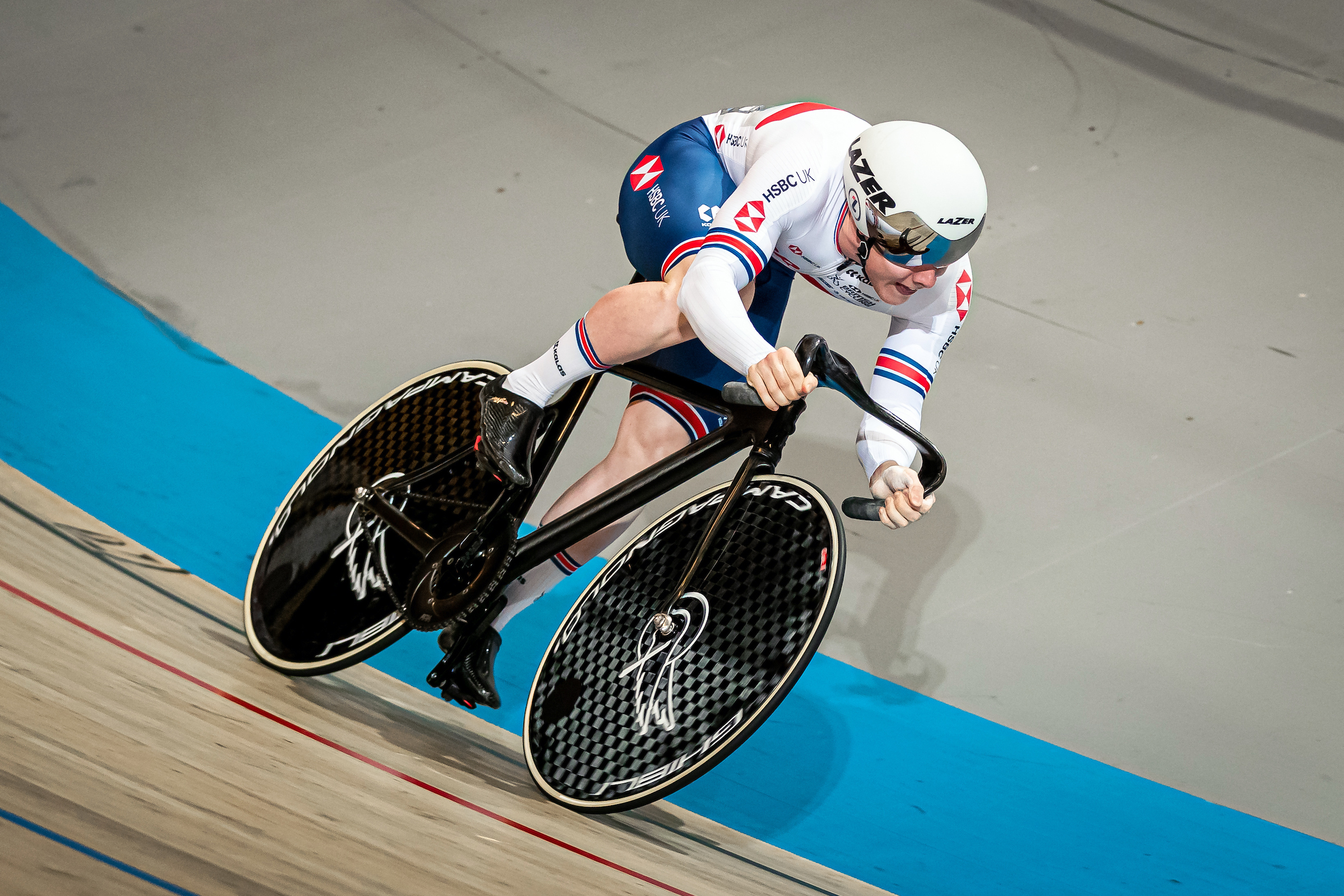Take on the Max Watts Challenge
Are we a nation of sprinters? Are Chris Hoy, Mark Cavendish, Victoria Pendleton and Jason Kenny all outliers, or indicators of a population of pedalling power houses? While so many of us are riding indoors at the moment, and with power metres and smart turbos more popular than ever, we thought it was time to try and find out


During lockdown and while outdoor riding is limited, we want to find out how powerful British cyclists are. With more people than ever riding on smart trainers and with power meters, we're launching the Max Watts Challenge. Simply do a maximum sprint effort and let us know how many watts you can put out.
Send us your details and we'll add you to our league table to be printed in the magazine each week. And challenge your friends on social media to see what they can do too.
But how do you go about doing it? A sprint effort might seem simple, you just go as hard as you can. And as your anaerobic energy systems only last a few seconds it’s not going to take long. So there’s not much to it, right? Wrong. Going flat out for a few seconds is simple, hitting your peak power is far more complex.
Power isn’t just about putting force through the pedals, it’s a combination of force and speed, meaning revolutions per minute (rpm) come in to play. If you sprint at 90 rpm you won’t get anywhere near your max power. You’ll be putting out force instead.
Getting your revs right means entering the sprint at the correct speed and in the correct gear as it’s best not to change gear during the sprint. Check out this coming Thursday's issue of Cycling Weekly to read advice from British sprinters Katy Marchant and Jack Carlin on how to do a correct warm up and then execute the perfect sprint.

Here in the Cycling Weekly office, designer Dan Baines has topped the table with a very impressive 1442 watts in his effort. At 76kg that puts his peak power to weight at 18.97 watts/kg. Elite level sprinters are hitting around 25 w/kg while sprinter Carlin reckoned that for GB to be on the Team Sprint podium at next year's Olympic Games their man one Ryan Owens will have to be hitting around 30 w/kg. Impressive numbers.
So, why not give it a go. Here's what we need you to do.
The latest race content, interviews, features, reviews and expert buying guides, direct to your inbox!
Set up
First off get your turbo set up correct. This means using the correct axle, if one is provided, to clamp the rear of the frame in correctly, or ensuring your quick release is securely clamped in. If you want to go the extra mile you can do as Chris Froome did and weigh down the turbo to stop movement. If you're worried about excess movement you may wish to do your sprint efforts seated as these can be smoother. Some riders will actually get better results this way. If using rollers make sure you have plenty of space should you bounce off to one side. Getting a housemate or family member to spot for you may help too.
Warm-up
This is crucial. Your legs need to be warm, but not in any way fatigued - this is not an effort to try the day after a long ride or at the end of a big training week. More details in next week's magazine, and there is a degree of personal preference here, but in the main do around 5-10 minutes of light spinning before gradually increasing the effort for 2-3 minutes. The last minute or so should be around your ftp. Then do another easy five minutes before throwing in a couple of short (4-5 seconds) high speed, low resistance sprints. Some riders also like throw in some high torque efforts to activate the muscles, but these should involve no more than four or five revolutions.

The effort
If using a smart turbo use a slightly smaller gear than you think necessary (it will add resistance as you increase your effort) and start building your revs. When you hit around 80rpm go for a flat out effort. This should last for no more than 6-8 seconds. Stop as soon as you can feel yourself tiring. Keep riding in an easy gear and when you feel ready, try again. If you think you need a different gear then don't be afraid to experiment, everyone is different. You can try both in and out of the saddle. Katy Marchant reckoned three or four efforts is about right. Some people will improve after a couple of sprints as they learn what they can do, others will get it all out on the first go.
Join the challenge
Send us (cycling@ti-media.com) a screenshot from your training software that shows the maximum watts you hit, along with your name, age and weight (we're trusting you all on this one) and we'll add you to our max watts league. Send us a picture of you before, during or after the effort and we'll put it in the magazine. If posting on social media tag Cycling Weekly and use the hashtag #maxwattschallenge so we can find it.
Good luck!

Editor of Cycling Weekly magazine, Simon has been working at the title since 2001. He first fell in love with cycling in 1989 when watching the Tour de France on Channel 4, started racing in 1995 and in 2000 he spent one season racing in Belgium. During his time at CW (and Cycle Sport magazine) he has written product reviews, fitness features, pro interviews, race coverage and news. He has covered the Tour de France more times than he can remember along with the 2008 and 2012 Olympic Games and many other international and UK domestic races. He became the 134-year-old magazine's 13th editor in 2015 and can still be seen riding bikes around the lanes of Surrey, Sussex and Kent. Albeit a bit slower than before.